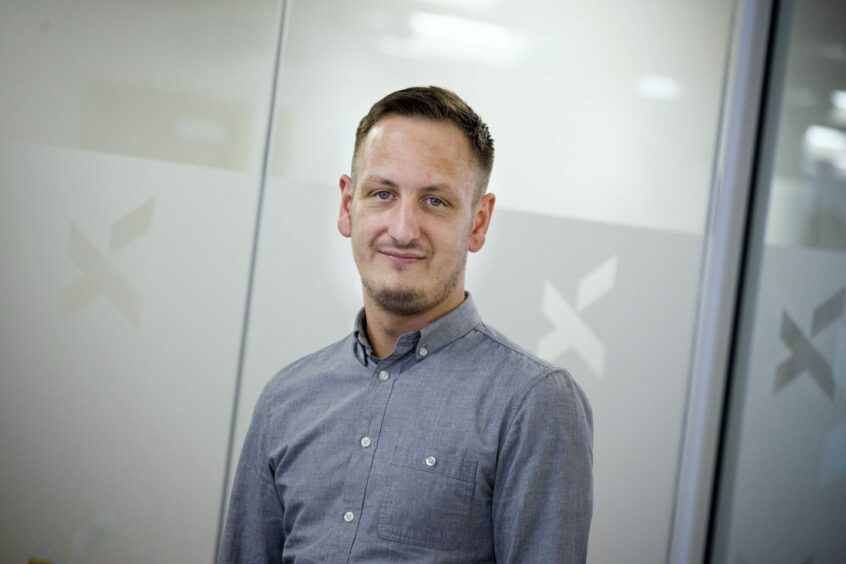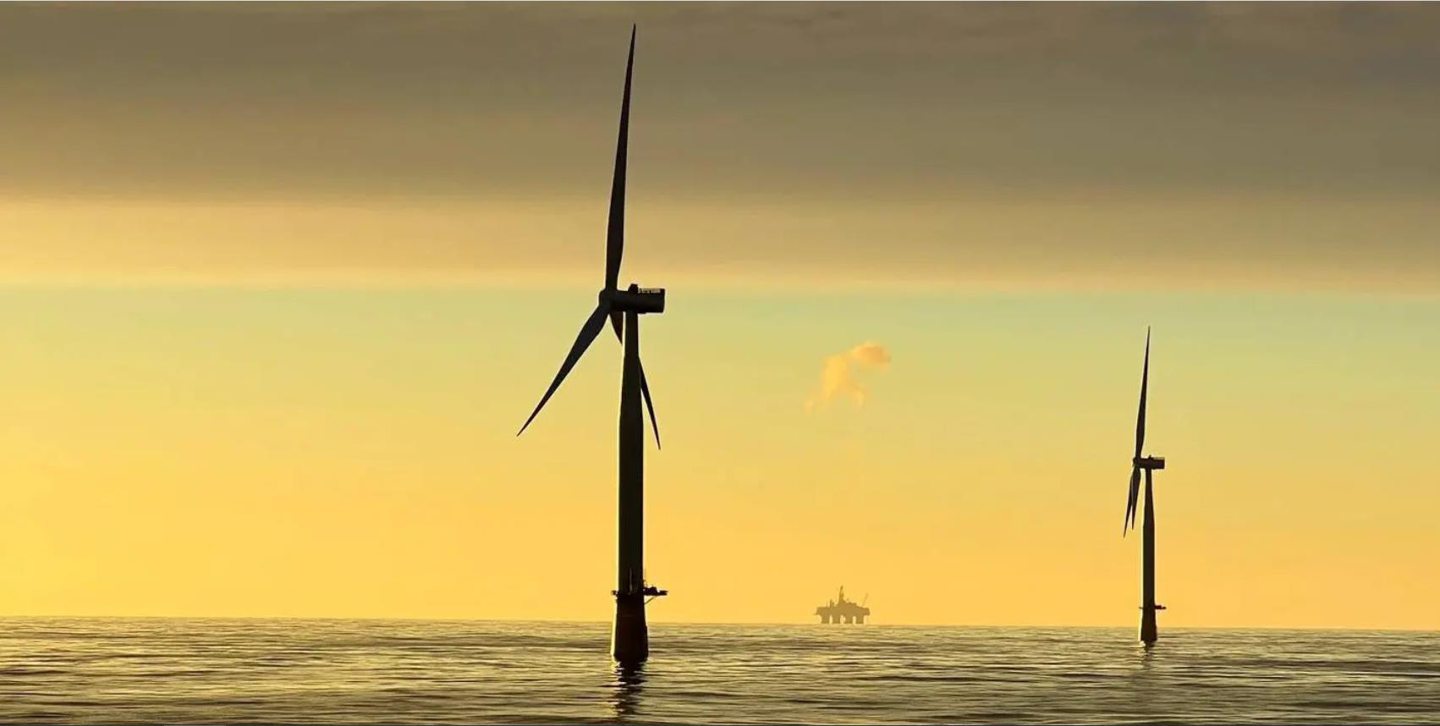
Having helped global developers win acreage in some of the most significant offshore wind tenders, a new Xodus Group business line is turning its attention to new frontiers.
The past five years have been transformative for the offshore wind sector, as technology improvements and cost reductions have seen capacity explode out of its traditional heartlands in the North Sea and Europe into a truly global sector.
“The pace of change in the last four years has been incredible, to be honest with you,” says Scott Hamilton of Aberdeen-based energy consultancy Xodus.
“It’s not just the way it’s going in the UK because it has obviously expanded with AR4 and the ScotWind leasing round, but the way it’s gone globally as well; the US suddenly jumping on board, Australia now on board, Brazil getting its act together and Japan going in the same direction.
“It’s suddenly just morphed into something so much bigger than it ever had been before. It feels like it’s really passed over into maturity.”
Xodus – backed by engineering giant Subsea 7 – has been more involved in that maturation than most, especially around the UK.
In recent years it provided services or support to clients who won around 16GW of the initial 28GW ScotWind capacity, as well as advice on the development and subsequent bidding process for the recent Innovation and Targeted Oil and Gas (INTOG) round, aiding four out of five innovation winners.
In the US, it also worked with half of the winners in the major New York Bight auction, which could see up to 7GW of projects eventually installed.
The company’s renewables team has grown in line with that, to span 50 people across four continents. But it now hopes to bridge the gap between advisor and developer with a new project business line – a move that will make a bold statement as to its intentions for global offshore wind.
Previously head of renewables, this will see Mr Hamilton take on a new role leading the unit as VP of origination for new markets.
“You can keep going as a consultancy, doing the same thing for the clients, or you can start to think – what are we actually really good at?” he told Energy Voice.
“Can we get in front of the client requests and actually build those stakeholder relationships, build up the data sets, build up the understanding of a project because we know what it takes to win?”
“The concept is really to meet the proliferation of offshore wind.”
Ahead of the curve
In practical terms, this will see Xodus make in roads into emerging markets in advance of potential leasing and/or capacity auctions.
Mr Hamilton suggested an ideal scenario would be to the team to conduct around two years of work ahead of any formal rounds to meet with stakeholders and engage with local government, though made clear it would not go into a full leasing process on its own.
Developers could then enter well-defined projects two to six months ahead of any formal process, “Because…at the end of the day you need the cash backing – every single one of these processes requires deep pockets in order to show that you can develop the project, but you also need project execution experience.”
The team could also act as agents for under-resourced developers keen to explore new opportunities, he said, focusing on progressing projects to a stage where they are investable.
And with offshore wind forecast for year-on-year growth of 15% – and around 680GW of new capacity expected to be installed in the next five years – there is no shortage of market opportunties.
New frontiers
Where then is he most excited to take this new venture?
“For me, I get excited about the ones that aren’t exciting – because that’s the actual opportunity. Everybody else is focused on Norway at the moment or they’re focused on Australia because that’s where the big developers are setting their sights…”
“We’re looking to places like Portugal or Brazil or Canada where there’s still quite a lot of uncertainty in the market,” and where there are signs of lift off some time in the next two to three years.
“That’s really what we’re trying to do, identify the places that we’re going to be next on that exponential pathway.”
ScotWind looms large over these opportunities too; Mr Hamilton says each of those nations has already sent delegations to Scotland over the past year, with the intention of learning from the leasing round experience.
“I think the thing that ScotWind got right – unintentionally, but it did get right – was not going straight for a full on option process, whereby it’s only based on the value of the seabed.
“The unintentional experiment that happened there was that by not making it a kind of race to the bottom on price…they were able to offset supply chain investment.
“So rather than direct investment in the seabed of a billion dollars, [developers for] each of those sites offered to invest a billion dollars into the Scottish supply chain in the future – and by de risking that whole process, you can then encourage a hell of a lot more to happen.”
It’s an important distinction – and one not lost on Hamilton, who also chairs the supply chain and clusters working group for the Scottish Offshore Wind Energy Council (SOWEC) and has spent the last decade pressing the need for clearer supply chain opportunities as part of the UK’s huge offshore wind rollout.
For now however, he is keen to embrace the uncertainty posed by those offshore wind frontiers.
“Those are places that are exciting for me because to me, uncertainty is opportunity.
“So we can go in and we can understand the levels of that opportunity, that uncertainty and start to develop something that’s got a balanced approach to the risk in that space.”
Recommended for you

 © Supplied by Equinor
© Supplied by Equinor